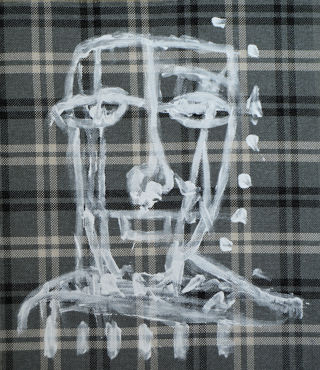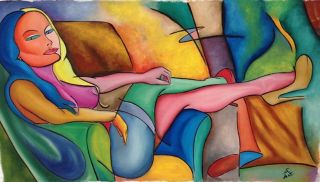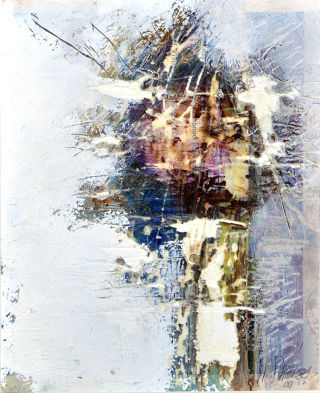Abst. Expressionism Paintings
-
CountryCountry
-
StyleStyle
-
MediumMedium
-
SubjectSubject
-
SizeSize
-
AgeAge
-
PricePrice
-
UsersAccount
-
Color
Abstract Expressionism artworks are different to all other styles. The artists who worked and work in this style use very different techniques which aren’t expressionist nor totally abstract but balance somewhere in between.
Brief history of an art style
Abstract Expressionism as a non-representative art style has raised in United States of America in 1940-50s. A generation of American artists, strongly influenced by European expatriates, grew up during the Great Depression and faced Second World War and the Cold War which were about to begin. The uncertain and stressful conditions often provoke artists to find new decisions.
The two leading styles of that time — Social Realism and Regionalism — failed to satisfy artists needs. One of ambitious goals of abstract expressionists was to find a new meaning of art and create the new type of art that would represent the world which has changed dramatically.
The term itself appeared in Europe and was used to describe works of German expressionists. In USA it was first used by art critic Robert Coates in 1946. In the same time in Europe this style was developing under several different names: Tachisme, Art Informel and COBRA group. The style was totally rejected by USSR authorities as it was thought to express fervent individualism which was not welcome.
Styles and key figures of Abstract Expressionism
With no hesitation it could be said that Arshile Gorky and Hans Hoffman, Armenian and German emigrants, were the forerunners of Abstract Expressionism. The list of most influential artists of this style also includes:
- Jackson Pollock and his wife Lee Krasner;
- Mark Rothko;
- Barnett Newman;
- Robert Motherwell;
- Franz Kline;
- Willem De Kooning;
- Clyfford Still;
- Philip Guston;
- William Baziotes;
- Josef Albers;
- Adolf Gottlieb;
- Sam Francis — the representative of second generation.
All their works can be divided into two groups. Artists of the first one with Jackson Pollock as the most recognized representative have chosen the action painting — an expressive technique of gesture painting. Mark Rothko, Clyfford Still and Barnett Newman have chosen the second technique of “colour-field” — more passive and concentrated on reflecting the mood. Some artists worked with both techniques.
At online gallery ART.biz we offer for sale original paintings of artists from all over the world. You can buy each artwork from an artist or a collector wherever you are — we offer worldwide delivery.















